Ogden Museum of Southern Art
925 Camp St
New Orleans, LA 70130
504.539.9600 | HOURS
925 Camp St
New Orleans, LA 70130
504.539.9600 | HOURS
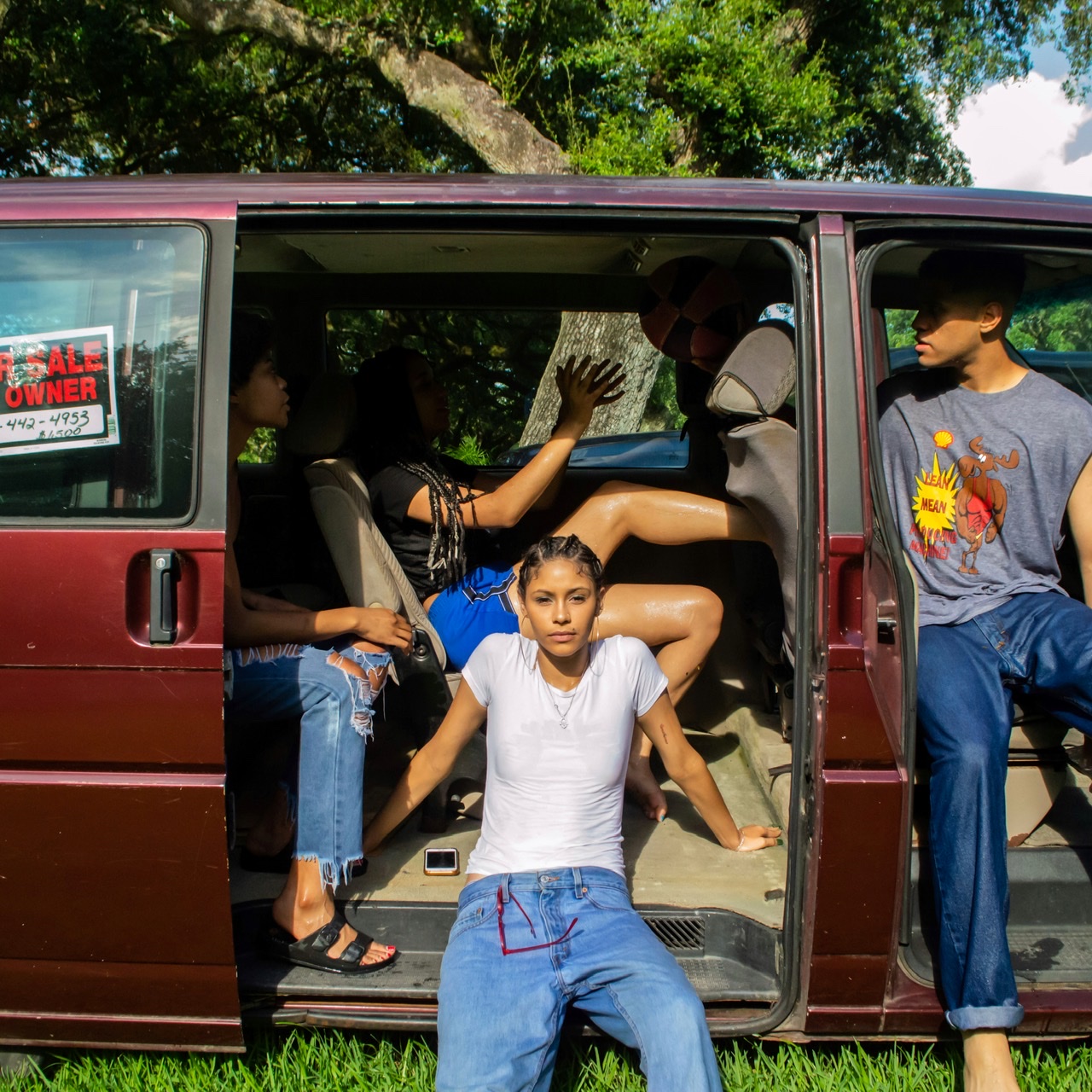
Trenity Thomas, Teenage Summer, Photograph
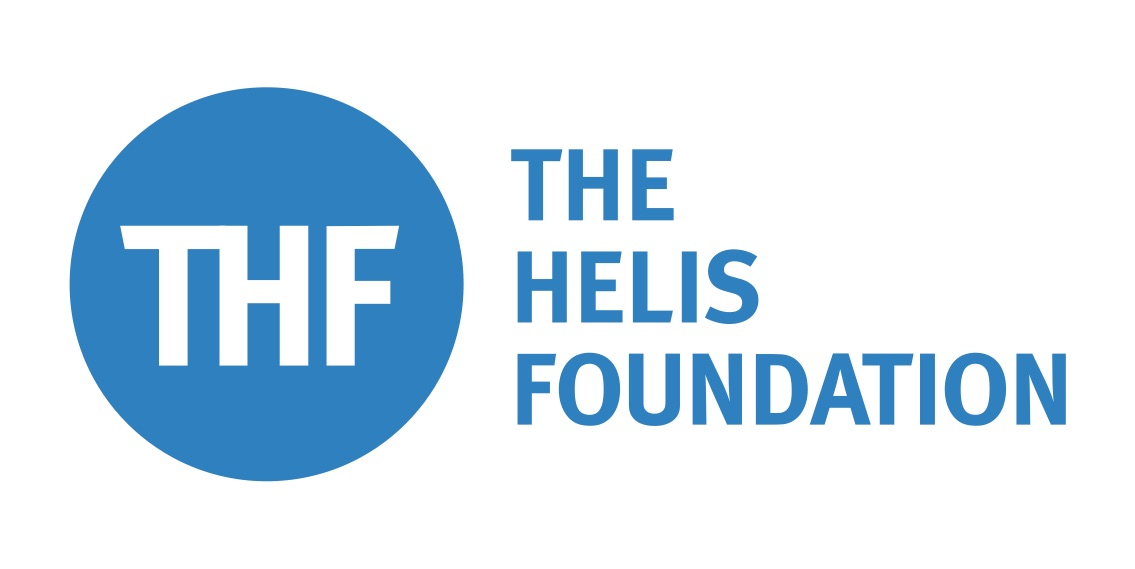
Donate to Louisiana Contemporary Vote for Audience Choice Award Family Scavenger Hunt
HOST COMMITTEE:
Ellen & Mac Ball
Mollye & Laurent Demosthenidy
Martin J. Drell, M.D.
Jerry & Carolyn Fortino
Monica Ann Frois & Eve Barrie Masinter
Linda Green & Michael Brown
Jessie & Beau Haynes
Louise H. Moffett Family Foundation
Nils Paellmann
Micki-Beth Stiller
Donna Vitter
Penny Weaver
Terese & William Winslow
For the 2020 edition of the annual juried exhibition, Louisiana Contemporary, Presented by The Helis Foundation, guest juror René Morales, Director of Curatorial Affairs and Chief Curator at Pérez Art Museum Miami (PAMM), has selected 55 works by 56 artists.
Ogden Museum first launched Louisiana Contemporary, Presented by The Helis Foundation, in 2012, to establish a vehicle that would bring to the fore the work of artists living in Louisiana and highlight the dynamism of art practice throughout the state. Since its launch, Louisiana Contemporary has presented 729 works by 450 artists.
This statewide, juried exhibition promotes the contemporary art practices in the state of Louisiana, provides an exhibition space for the exposition of living artists’ work and engages a contemporary audience that recognizes the vibrant visual arts culture of Louisiana and the role of New Orleans as a rising, international art center.
The Helis Foundation Art Prize for Best in Show: Wendo Brunoir
Appropriation of a Masterpiece, Spray paint on laser cut wood on birch panel
Don’t Catch You Slippin’ Up, Acrylic and spray paint on laser cut wood mounted to panel
First Place: Nic Brierre Aziz
Pimpin’ Ain’t Easy (White Barbies), Video
Second Place: Luis Cruz Azaceta
CRISIS 3, Acrylic on canvas
Third place: Ann Perich
determination or distrust, Archival pigment print
Some of the best places are the hardest ones to see. Take New Orleans, for example. Like Miami, my hometown and the city from which I write these words, NOLA is cloaked in a thick veil of misrepresentation consisting of myths, stereotypes, and most of all, images…in movies, shows, and advertisements, on T-shirts, album covers, coffee mugs, and refrigerator magnets. People all over the globe, from Germany to Brazil to Thailand, think they know our cities, but I know that you know that what they know corresponds to but a meager fragment of who we really are. The same can be said about our respective states, all too often reduced in the popular imagination to swamps and alligators, sunshine and violence. I know that you know that the vast stretches that constitute our regions hum with communities that are far more vibrant and complex than most folks understand.
This moment in history, too, is hard to see. Long occluded by deep legacies of systemic racism and inequity, the pathways to lasting structural change and national healing are, today, further obscured by so-called leaders who thrive on discord and misinformation, and by a media that runs on evanescent spectacle. Meanwhile, locked down and locked up as we are by this awful pandemic, our perspectives have drastically contracted. Many will argue that the consequent intensification of our engagement with the digital realm, which has occurred out of necessity but which has been enthusiastically embraced by late-stage capitalism, has effectively mitigated this narrowing of our vision. But I know that you know that we can learn more about our societies from a fleeting conversation with the guy sitting next to us on the bus than from a thousand Instagram posts or a thousand Zoom meetings. Whatever can be said about the pandemic holds especially true for our respective homes, which have, over the last few months, traded back and forth the tragic distinction of being epicenters for this dreaded disease.
As I poured through the 2020 Louisiana Contemporary submissions, I was reminded of how grateful I am to art and artists for how you help us see (y)our worlds. Though I didn’t mean to do this at the outset, I found myself balancing aesthetic criteria with how the works shed light on this dark year and the imprint it has left on the patch of earth that is this competition’s purview. Several of the selections offer rich insight into Louisiana’s incredibly dynamic and multifaceted culture and history, generating a sense of context far more nuanced and intimate than what one could derive from any mass-media representation. Several other selections touch on the current political climate, testifying to how passionately and profoundly you have internalized the urgent struggle for justice and reform. Lastly, several others relate directly to the pandemic—both the unique and universal ways in which the crisis has affected your region. The pain I gleaned from those works is palpable. My heart goes out to your communities, as I know your hearts go out to mine.
As an ensemble, the selections demonstrate the need to understand events, especially the most global and cataclysmic ones, in terms of how they mesh with the specificities of a given place and the people who call it home. It is only by this intersection of who, what, and where—the way in which the long arc of history coincides with the lived experience of the here and now—that we can hope to see that which would otherwise go unseen.
René Morales
Director of Curatorial Affairs and Chief Curator at Pérez Art Museum Miami
David Armentor
Nic Brierre Aziz
Jacksun Bein
MaryGrace Bernard
blvxmth
Wendo Brunoir
Kara Crowley
Theresa Crushshon
Luis Cruz Azaceta
Michael Eble
James Flynn
Josiah Gagosian
Mitchell Gaudet
Mike Hartnett
Jordan Hess
Miles Kinney
David Knox
Abbey Kuhe
Charles Muir Lovell
Andrew Lyman
Rikailah Mathieu
Rose McBurney
Rebecca McGirney
Michael McGrane
Greg Miles
Jacob Mitchell
Karen Ocker
Nicole Ockmond
Stephanie Paine
Brendon Palmer-Angell
Carol Peebles
Keith Perelli
Ann Perich
Matthew Phelan
Herb Roe
Brittan Rosendahl
Dan Rule
Claire Christine Sargenti
Cynthia Scott
Isabella Scott
Noamy Sechooler
Joey Slaughter
Joshua Smith
Gailene St. Amand
Jill Stoll
Drew Stubbs
Trenity Thomas
Sherry Tipton
Antonia Zennaro
Monica Zeringue
Collaborative team: Caitlin, Nelle Edge, Lacy Levin, Savannah Levin, Elias Serhan and Antonia Zennaro
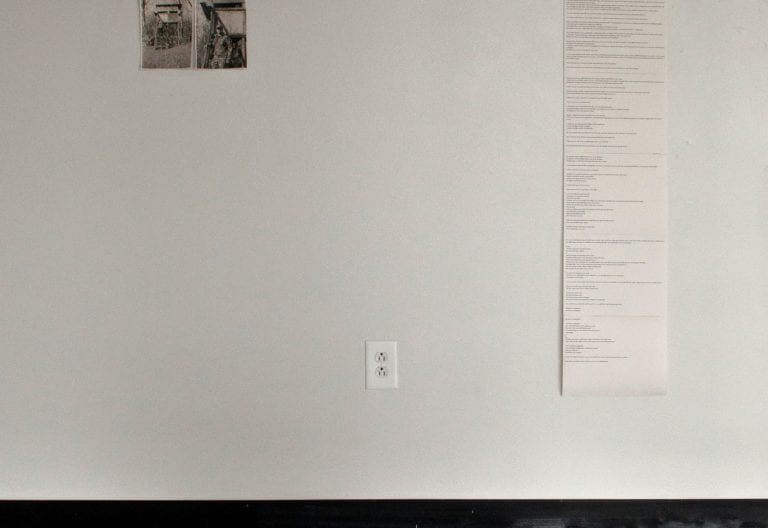
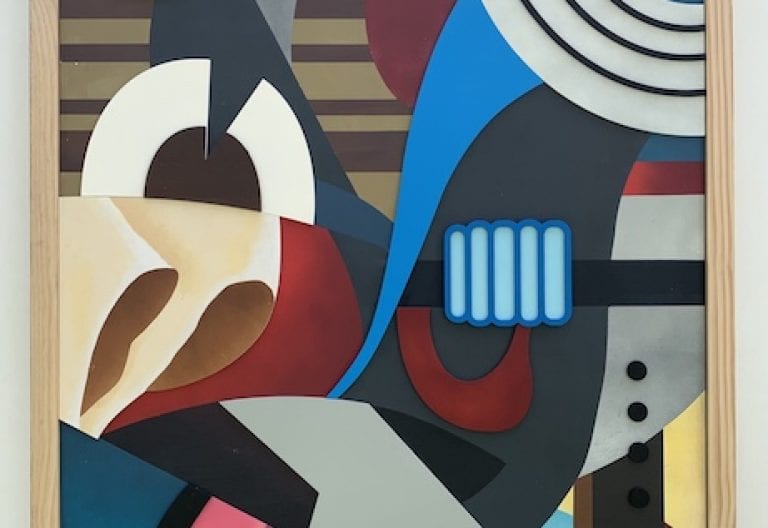
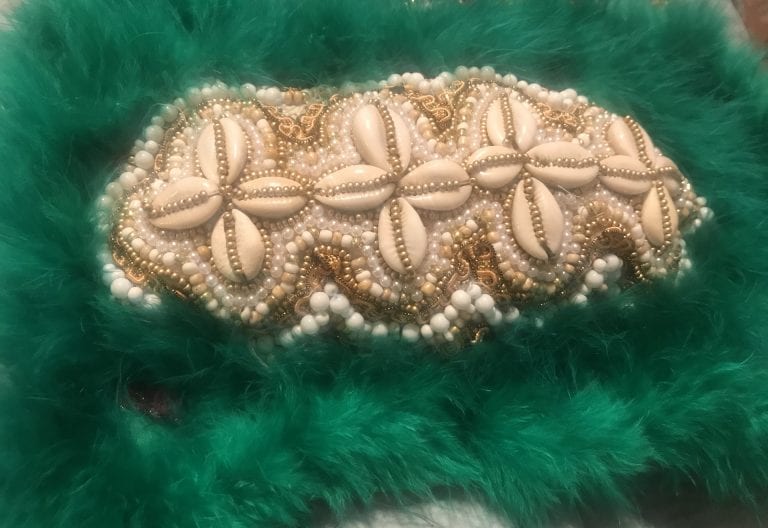
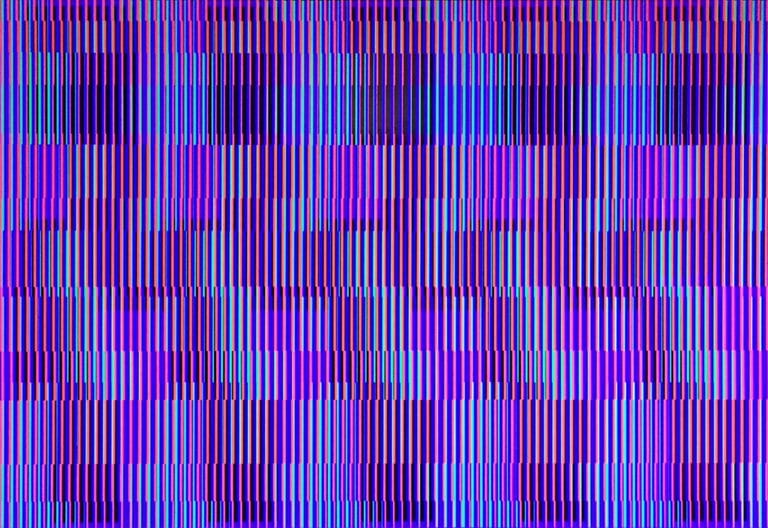
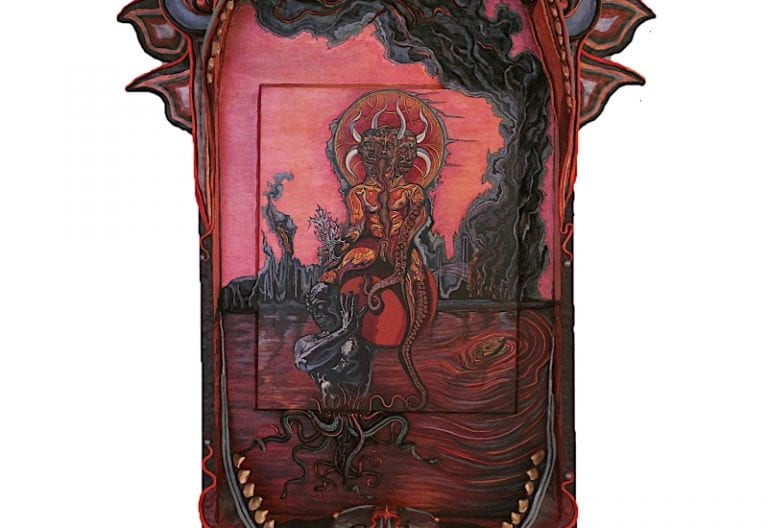
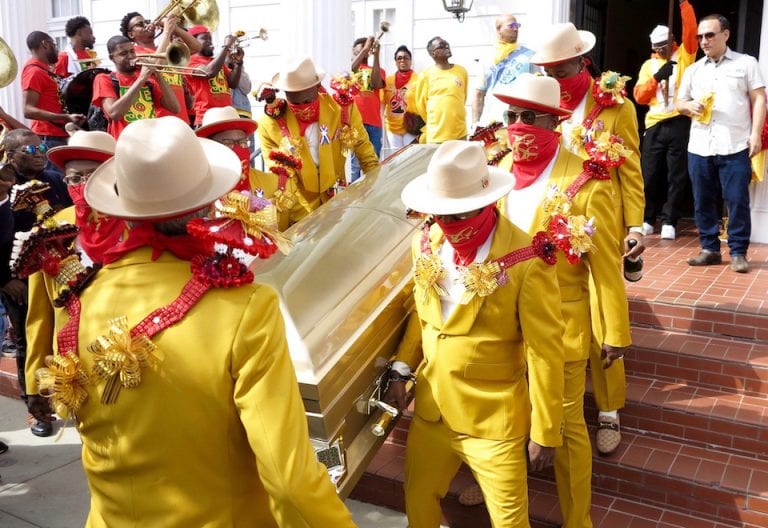
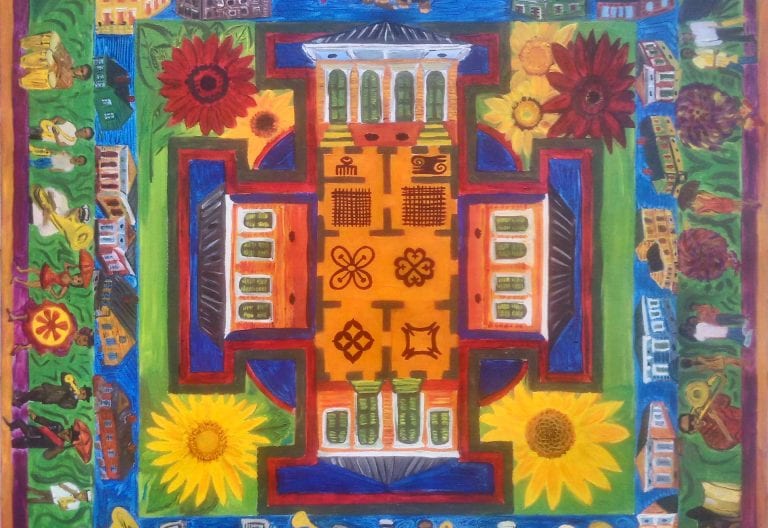
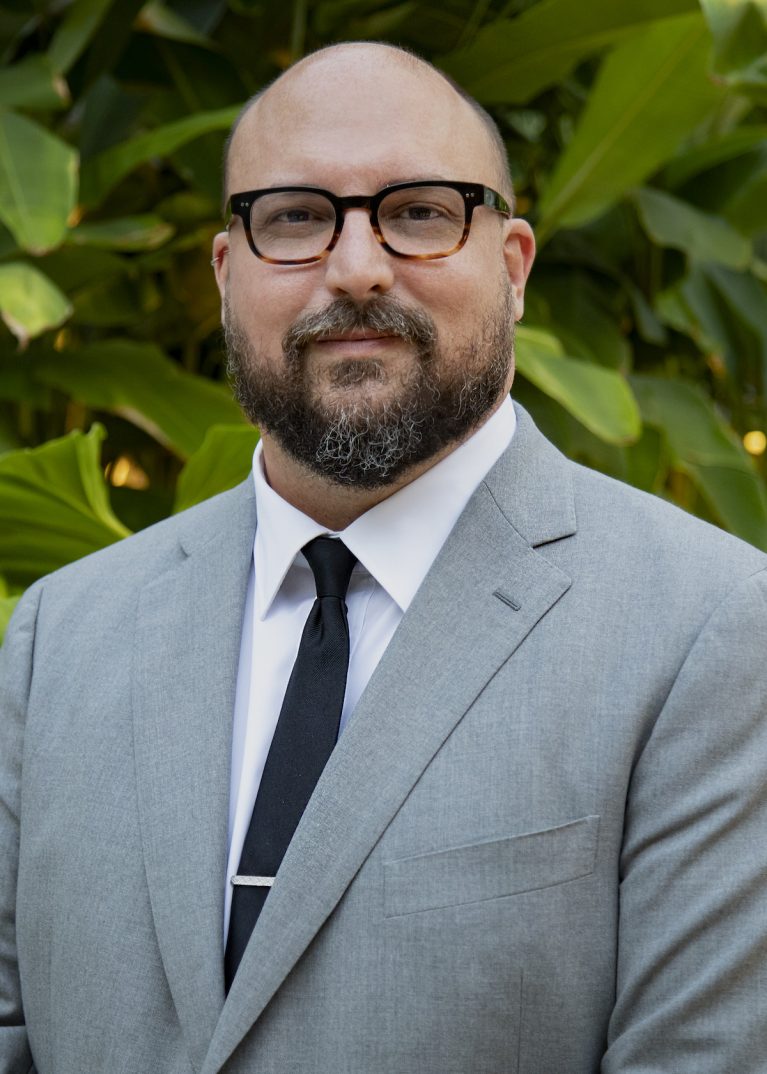
René Morales is Director of Curatorial Affairs and Chief Curator at Pérez Art Museum Miami (PAMM). Morales has organized over 50 exhibitions for PAMM, including Meleko Mokgosi: Your Trip to Africa; Polyphonic: Celebrating PAMM’s Fund for African American Art; Christo and Jeanne-Claude: Surrounded Islands, 1980–1983; Dara Friedman: Perfect Stranger; A Human Document: Selections from the Sackner Archive of Concrete and Visual Poetry; and Amelia Peláez: The Craft of Modernity. He has spearheaded the acquisition of hundreds of works for PAMM’s collection, and he played a pivotal role in PAMM’s transition into its Herzog and de Meuron-designed facility, which opened to the public in 2013.
Prior to joining PAMM, he worked at the Museum of Art, Rhode Island School of Design in Providence, where he organized and co-organized several exhibitions, including Island Nations: New Art from Cuba, the Dominican Republic, and Puerto Rico. Morales is a recipient of the 2019 Center for Curatorial Leadership Fellowship, as well as a 2019 Suncoast Emmy Award, which he received for producing the film Remembering Surrounded Islands. Morales teaches museum history and curatorial practice as Adjunct Professor at Florida International University, and he sits on several local and national boards and committees, including the Board of the City of Miami Art in Public Places program. Born in Cienfuegos, Cuba, René received his B.A. from Swarthmore College and his M.A. in Art History from Brown University.